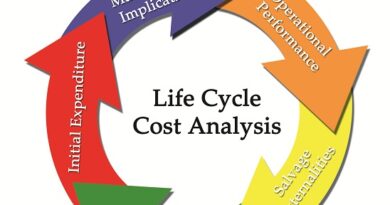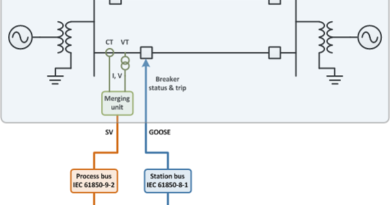Intermediate Programmable Logic Controller (PLC)
PLC WORKSHOP is designed to instruct electrical control professionals on how to successfully integrate a PLC into actual day-to-day industial electrical processes. It not only deals with the hardware and software, but all the surrounding systems that must be compatible to achieve a safe and reliable control system.
PLC WORKSHOP is also designed to help delegates keep abreast of the latest PLC technologies and techniques available in this area, this tutorial offers an excellent opportunity for delegates to ask specific questions and exchange ideas relating to their own applications.
TRAINING COURSE OBJECTIVES
The course is for technicians and engineers, who have little or no PLC programming and application experience, who are required to make changes to existing. Programming theory is kept to a minimum; the course is hands on with great emphasis on the practical aspects of Programmable Logic Controller applications. After completing this course, participants will be able to:
• Understand and be able to follow more complex program code
• Be able to use more powerful program monitor and display tools
• Be able to use enhanced diagnostic tools to quickly identify and resolve abnormal system operation
COURSE CONTENTS
Introduction
This section will begin with a discussion of basic theory of operation and how it is used to control a process. It will also identify potential applications and relate how PLC control compares with traditional methods of control. A discussion of the benefits of PLC control will follow.
Hardware Configuration
This section will describe the various components used in the formulation of a PLC control system. Included will be methods to select the correct features and capabilities to match the process requirements.
• CPU sizes and types
• Backplanes
• Power supplies
• I/O module types
Installation and Wiring Considerations
There are necessary steps that must be taken to ensure that the control system will be correctly installed to provide safe and reliable operation. Installation recommendations and techniques will be given for the following:
• Power and grounding
• Enclosures
• Input devices and wiring methods
• Output devices and wiring methods
Programming
Various types of programming software will be introduced to the delegates. Techniques for simple program development and downloading will be demonstrated. Topics will include:
• Introduction to Programmable Logic Controllers (System Configuration and Sizing)
• Ladder Programming Concept and Restrictions
• Introduction to Ladder Type Function Block Programming
• Software Tag Based addressing
• Controller Tags
• Program Tags
• Base Tags
• Alias Tags
• Data Types
• Tags Scope
• Tasks
• Main Routine
• Sub Routine
• System I/O Configuration
• Communicating with the PLC
• Downloading and Uploading PLC programs
• Monitoring PLC programs
• PLC Programming (Inputs/outputs Timers Counters, stc)
• Application Functions
• Commenting of programs
• Monitoring techniques
• Fault finding and searching
• Testing and forcing techniques
WHO SHOULD ATTEND
• PLC Engineering and design personnel
• Maintenance and technical services personnel
• Process and operations personnel
• Technical and process managers
• Engineering and design personnel
• Electrical consulting engineers
• Electrical contractors
METHOD
• Presentation
• Discussion
• Case Study
• Simulation
INSTRUCTOR
Tito Yuwono, ST, MT. & Team
Expert in automation system and PLC
TIME & VENUE
Public Training
Hotel Aston Yogyakarta
16-19 September | 14-17 Oktober | 11-14 November | 9-12 Desember 2014
08.00 – 16.00 WIB
In House Training : Depend On Request
FACILITIES
1. Training Module
2. Certificate
3. T Shirt or Batik
4. Qualified Bag
5. Training Photo
6. Training room with full AC facilities and multimedia
7. Once lunch and twice coffee break every day of training
8. Qualified Instructor
COURSE FEE
Course Fee: Rp 9,000,000,-/ participant (Non Residential)
*) DISCOUNT 10% for minimal 3 participant from the same company
(CG)




